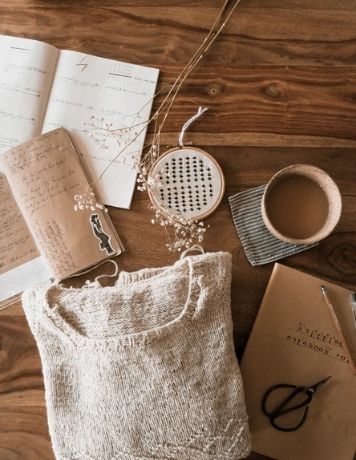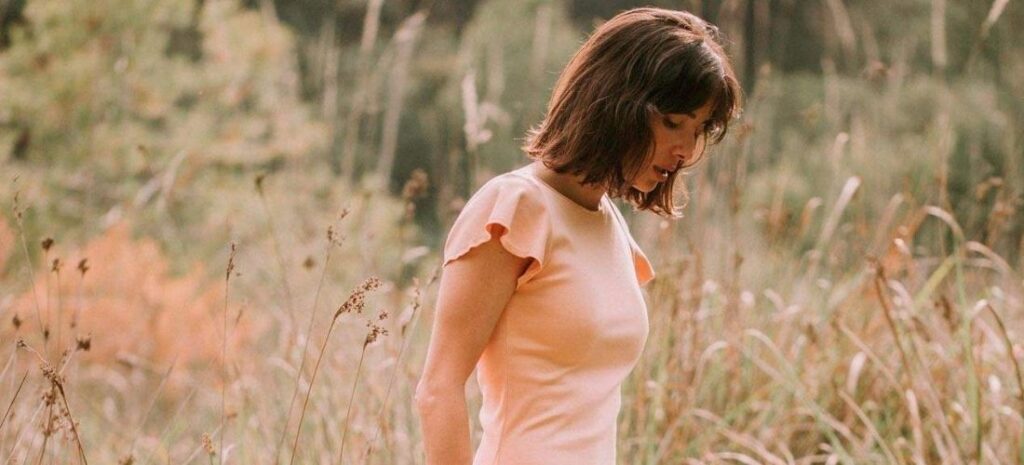In INVITADISIMA we tell you all about slow fashion.
Guest, we open the week with a topic that we should know and be aware of when buying fashion. In INVITADISIMA we explain what this movement is about and how it will affect the future. Ready?
In INVITADISIMA we already have some brands that join this movement that will change fashion completely and that is already changing in the big firms fortunately. An example that has already been around for a few years is the Swedish chain H&M with its Conscious collection.

What is the difference between Slow Fashion and Fast Fashion?
The fashion industry accounts for 20% of the world’s waste and is the second most polluting industry to date.
Fast Fashion, unlike Slow Fashion, produces quickly, in the shortest time and on a large scale.
There are several points to keep in mind when we talk about Fast Fashion. First, they consume resources such as water, which to manufacture a pair of jeans would require 3,000 liters. Many of you will think that it is really crazy. With this, due to the high production that exists, much more waste would be generated and there are already many companies that dispose of them in rivers or directly into the sea.
It’s funny, did you know that a garment will only have 7 uses in a lifetime? It is a passing garment that does not have enough quality to fall apart in years. Last but not least, no importance is given to the terrible conditions in which workers find themselves, working overtime at a very low price…
When we talk about Slow Fashion, it is an environmentally conscious movement that increasingly its consumers are informed and concerned about the origin of the garment, from where it is manufactured to the materials that have been used in the design.
What are the characteristics of Slow Fashion? First, sustainable fashion supports companies with few personnel and those that produce locally. They are committed to recycling and second-hand garments to be able to give them more than 7 uses and take advantage of the resources with which the garment was produced. The materials that have been used to manufacture such ecological fashion will be sustainable first hand.
Finally guests, when you make the change of wardrobe/season, donate the clothes that you are not going to use anymore so you can return to their cycle of use.

